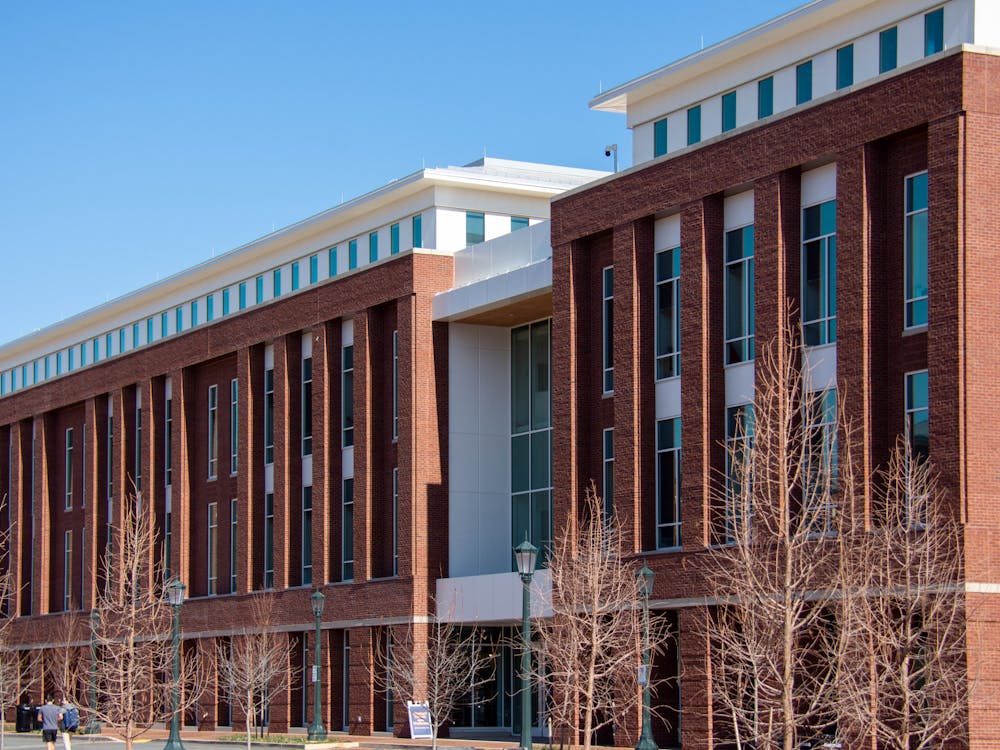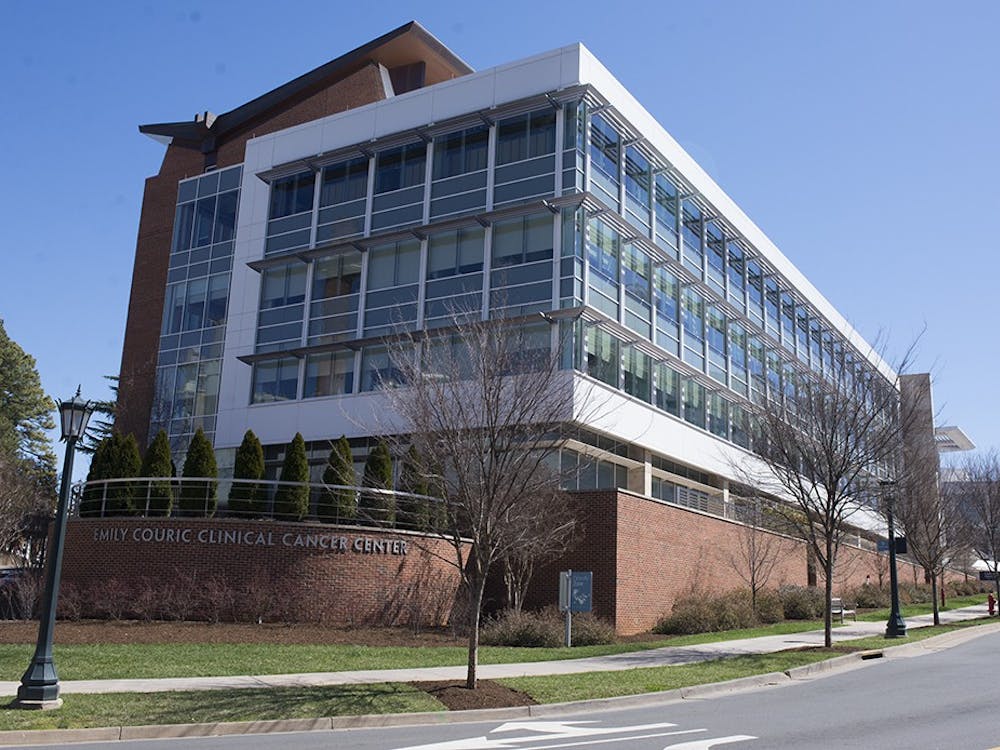Earthworms, salamanders and starfish are a seemingly unrelated group of creatures at first glance. The common bond that ties them together is their unique ability to regenerate significant portions of their bodies. Salamanders are especially interesting in that they are able to re-grow specialized parts of their body like their limbs and tails. Reflecting on this remarkable characteristic brings several questions to mind. Once an arm or leg is amputated, how do salamander cells know which type of tissues (nerve, blood vessel, bone, cartilage, tendons, fat, skin) to make and how do they make them in such an orderly fashion? How do they know when they’ve made enough? How can they continue to make the same limb time after time? Why can’t humans do this?
Although the initial stages of healing post-injury are similar between salamanders and humans, their pathways quickly diverge. Whereas the salamander magically grows a brand new appendage, we get the short end of the stick with a stump and a scar. In the salamander, a layer of signaling cells form along the surface of the wound soon after a traumatic insult. This is known as the apical epithelial cap, and it protects the regenerating cells within. However, arguably the most important step in this process is formation of the blastema — a ball of cells that act like stem cells in their ability to form virtually any tissue type. The blastema is not formed in humans, and the cells that come to the rescue in humans are not as young as their salamander colleagues. This gives credibility to the adage that ”you can’t teach an old dog new tricks.”
All hope is not lost, however. In 2005, Lee Spievack lost about a half of an inch of his fingertip while toying with a model airplane propeller. Instead of receiving a tissue graft per usual protocol, his brother — a physician researching regeneration — convinced him to try sprinkling a magical “pixie dust” on the wound instead. Within four months Spievack’s finger tip had grown back. Yet, the most remarkable finding was the end result — new bone, fat, blood vessels, tendon, and even a normal fingerprint had been created, all in the appropriate proportions.
The so-called “pixie dust” is not quite as glamorous as it sounds. It is actually made by processing a pig’s bladder, and the stuff that is pulled out is simply extracellular matrix — an organic component that provides structural support to cells in the body. In the normal injury response, ECM is laid down, albeit in a disorganized fashion. Thus, it is unclear why exogenous ECM produces a regenerative response. Could ECM be serving as bait to lure stem cells in? Or does ECM in some way “teach” cells how to repair the lost tissue?
Although these findings appear amazing, I remain somewhat skeptical for a few reasons. For one, our fingertips already have an intrinsic ability to regenerate. There have been many reports in both children and adults who have not only had regrowth of their fingertip and fingerprint but have also regained sensation and proper contour. Dr. Simon Kay, a professor of hand surgery at the University of Leeds, has labeled Spievack’s case as “an ordinary fingertip injury with quite unremarkable healing.” But who can say if Spievack’s finger would have healed without the “pixie dust?” Appropriate clinical trials will be necessary to straighten these matters out. In the meantime, the U.S. military is actively pursuing these findings.
As we continue to study and understand the regenerative process of the salamander, we will come closer to applying these principles for our own benefit. Let’s just hope we don’t grow tails as well.
Ashok is a University Medical student. He can be reached at a.tholpady@cavalierdaily.com.






